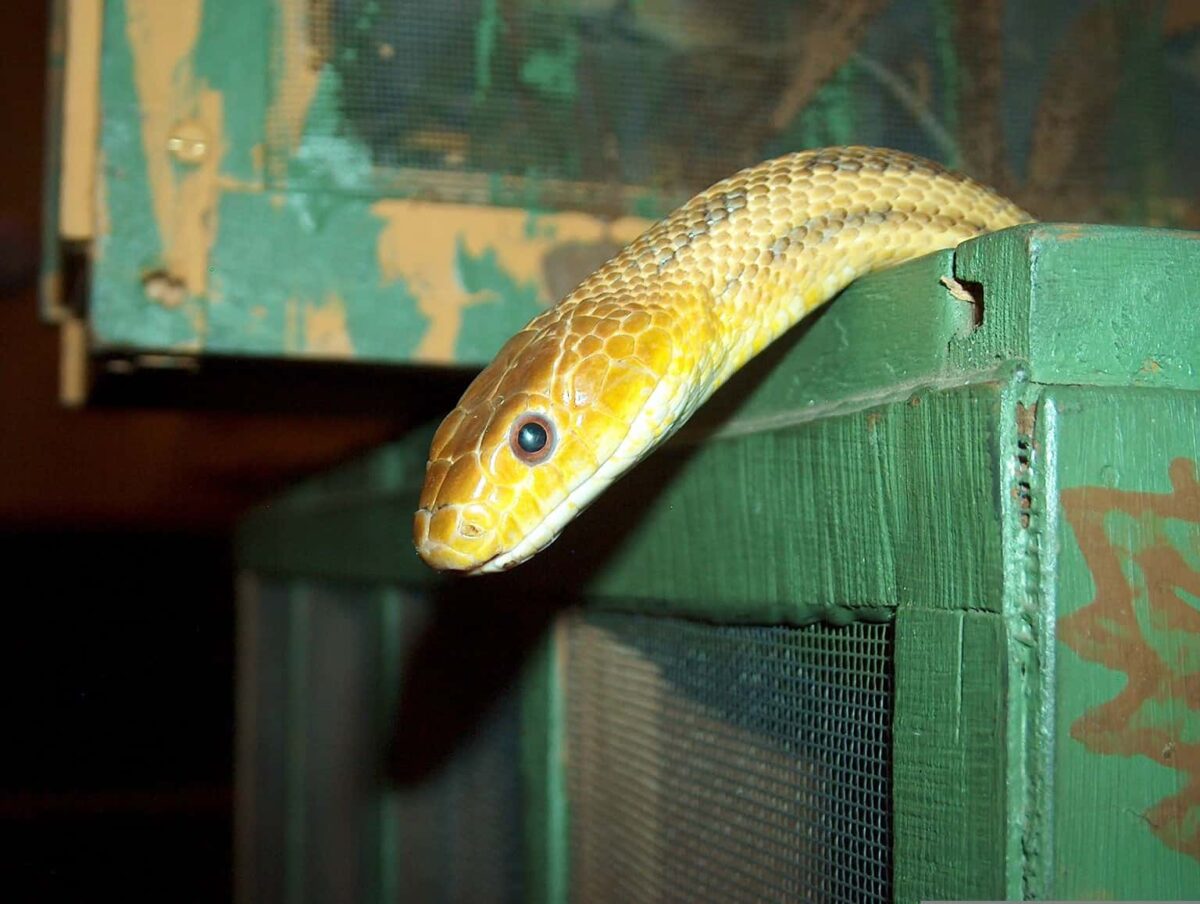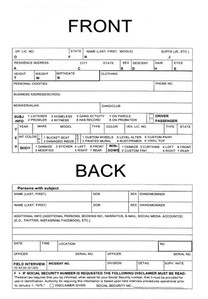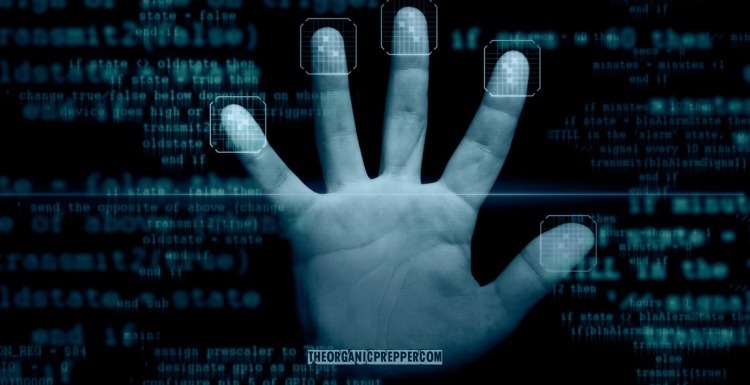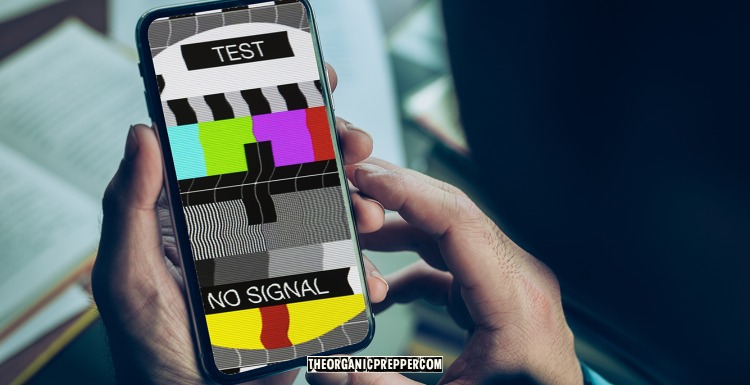If you are afraid of snakes, I have bad news for you. There is no shortage of snake species on every, single continent on Earth except Antarctica.
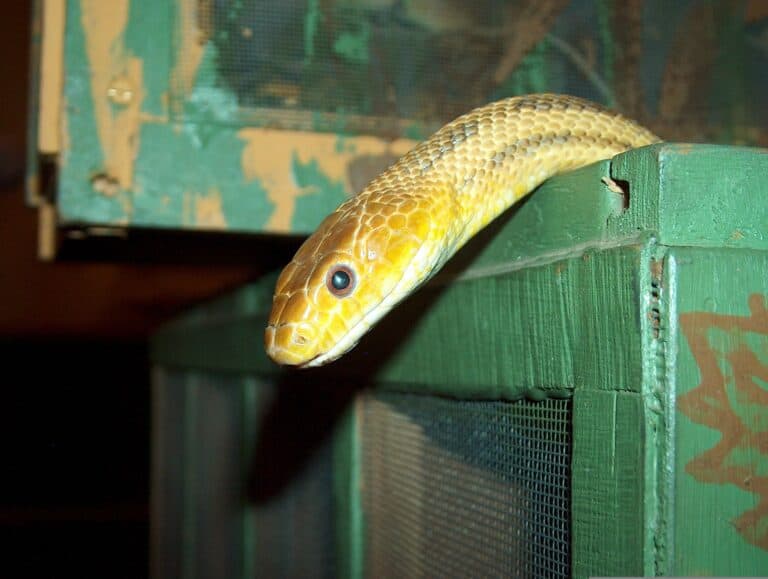
The good news is that most snakes are completely harmless to people. The bad news is that some are downright deadly.
There is no immediately telling characteristic that will inform you whether or not a snake is poisonous, but often times in nature we see bright, vivid colors associated with dangerous animals.
How about black and yellow snakes? Are they poisonous?
It depends. Some black and yellow snakes like the yellow rat snake are completely harmless. Others, like the yellow-bellied sea snake, are deadly.
Unfortunately, there is no easy mnemonic or other trick that will always help you positively identify a black and yellow snake as harmless or dangerous.
Unless you are quite skilled and experienced with identifying snakes, you should make it a point to never approach any wild snake, and especially a black and yellow one.
We’ll talk more about black and yellow snakes and the possible threat they represent in the rest of this article.
What Do Black and Yellow Snakes Look Like?
Black and yellow snakes actually have quite a bit of variation depending on the species and the subspecies.
Some might be a glossy, smooth black color with tight, thin and evenly spaced yellow bands along the length of their body. Others might be a dusky charcoal black with a single yellow collar around their neck.
Still others might be a model or varying shades of black with a lemon or banana yellow belly.
Even in this seemingly simple color scheme there is a shocking amount of variation to be found on Earth.
Some may be very small, others might be impressively, frighteningly large. It all just depends.
Are Black and Yellow Snakes Venomous?
They might be, or they might not be. It depends upon the species. Some black and yellow snakes like the common king snake are entirely harmless to people.
Others, like the aforementioned yellow-bellied sea snake are extremely venomous.
In the case of this latter snake, it injects a potent cocktail of multiple neurotoxins and isotoxins that will rapidly incapacitate prey at sea or on land.
Conversely, if the common kingsnake were to bite you, assuming you could get this relatively docile snake to bite, you might have small lacerations or scratches from its tiny teeth.
Where are Black and Yellow Snakes Found?
Black and yellow snakes are found all around the world in many regions, both on land and at sea.
How Likely are These Snakes to Bite?
Once again, there is no easy answer when it comes to the bite tendencies of these snakes based on color alone. There are simply too many snakes that are black and yellow to easily categorize.
However, most snakes are quite content to be left well alone by people, and as a rule they will try to escape, avoid…
